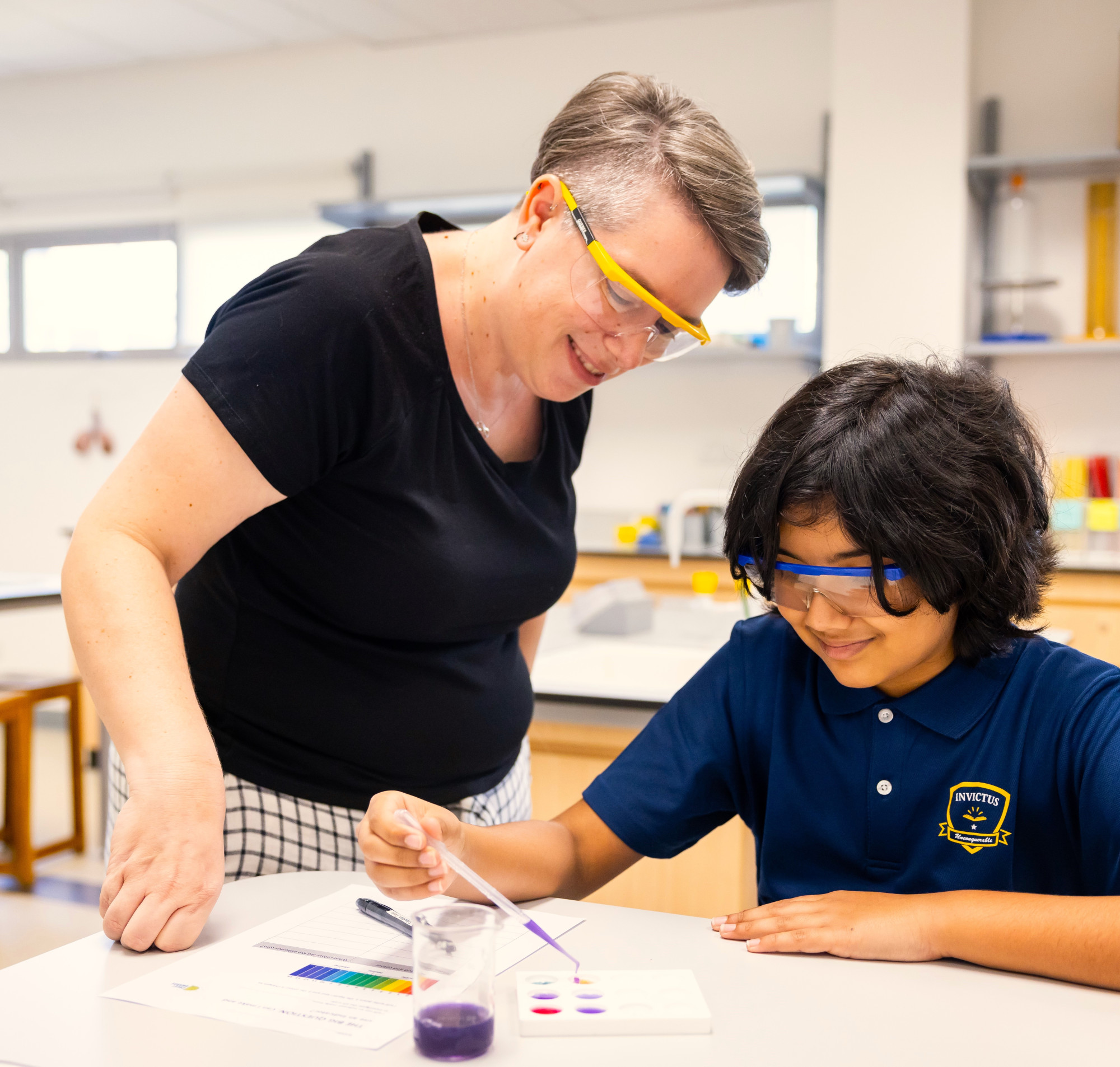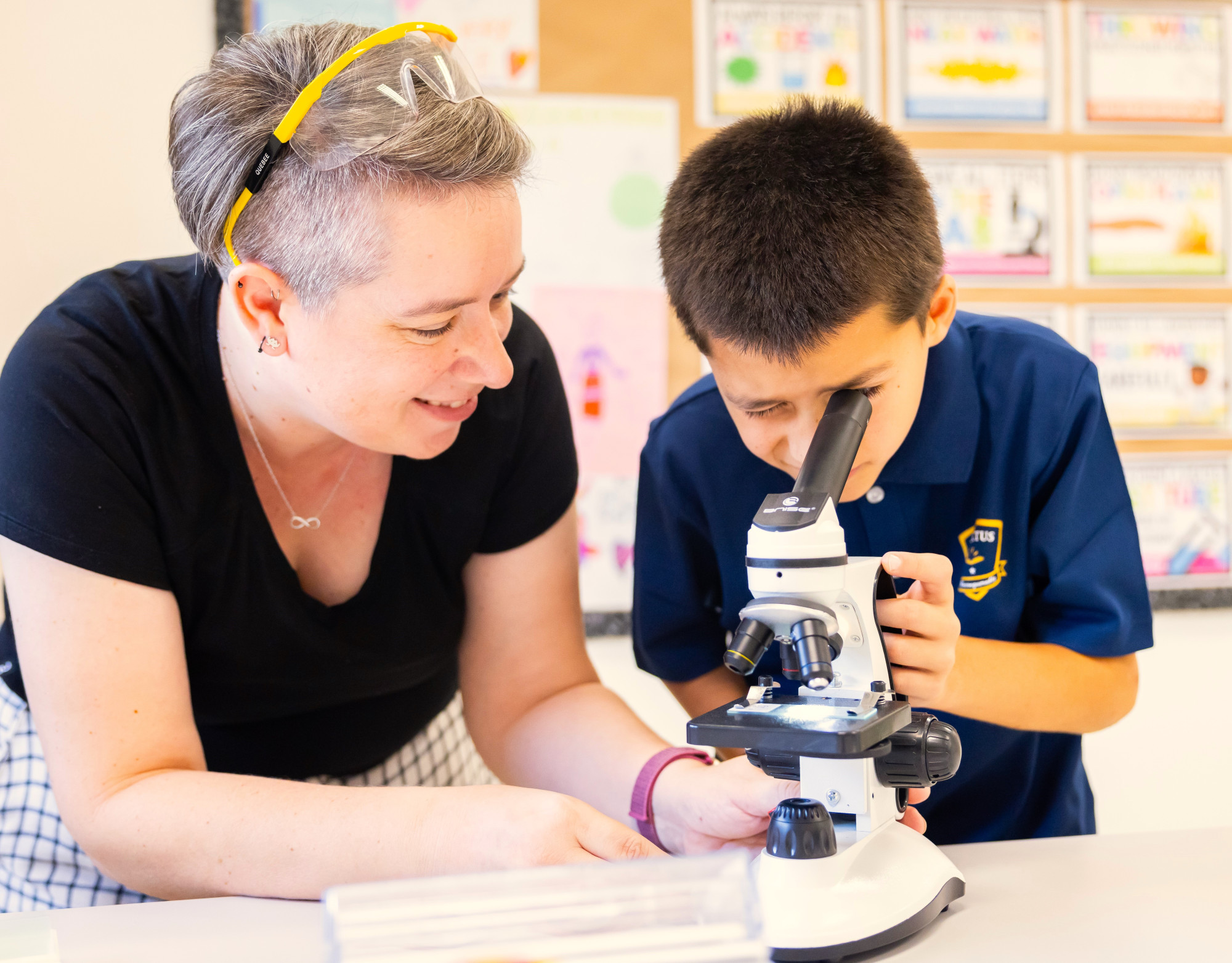- Bukit Timah
- Centrium Square
- Dempsey Hill
- Singapore
What is STEAM Education in Singapore, and Why is it Necessary?
 What is STEAM education?The STEAM Education Model builds upon the creative process of subjects like visual arts, social studies, history, physical arts, fine arts and music to explore STEM subjects. Ultimately, STEAM is about getting students to form connections between various disciplines, not just limited to the sciences or the arts. Additionally, STEAM learning provides many collaborative opportunities through inquiry-focused, process-based learning. Continue reading to learn more about STEAM education programs and how your child can benefit from them. |
|---|
What is a STEAM-based curriculum?1. It supports the Cambridge curriculum The current Cambridge Primary, Secondary, and A-Level curricula cover everything from the sciences to the arts. They are inherently STEAM-based curricula, offering subjects such as English, Maths, Sciences (Physics, Chemistry, Biology), Design and Technology. Generally, primary school students will take subjects such as Digital Literacy and Global Perspectives, apart from core subjects like English, Maths, and Sciences. In secondary school, students will then get to take subjects from the Humanities (History, Geography, Literature), or Art and Design. With the broad range of available subjects, it's easy for students to choose subjects that align with the STEAM approach. To further nurture our students academically, Invictus International School Singapore also provides them with unique challenges. This April, fifty students will represent the school to participate in a Maths Olympiad, where young enthusiasts from around the world will get to showcase their skills in math. |
| 2. STEAM lessons are authentic and focus on real-world problems STEAM careers in the 21st century are all about solving real-world problems. So STEAM lessons also aim to be grounded in reality. Students are taught how to think critically, solve problems, and collaborate with others. If students can manage real problems in their social and environmental context, they can see how their learning connects to the world around them |
| 3. STEAM learning is hands-on and artistic STEAM challenges require students to create, assemble, and build. Students guided by a STEAM curriculum will tackle authentic challenges, create prototype solutions, and test and re-test their designs. These projects weave methods from arts and design, so students learn creative thinking skills. At Invictus Dempsey, we encourage hands-on and creative opportunities with the global coding activity, “Hour of Code”, a great way for students to explore, play, and create projects with Computer Science. On top of that, we have also introduced tablets in our classrooms so our younger grades can get a firsthand experience of advancing technology from an early age. |
| What are STEAM Learning Approaches? Design thinking is a methodology with a solution-based approach to solving problems. The design thinking process includes empathising, defining, ideating, prototyping, and testing phases. The engineering design process is a logical method which emphasises creating something functional to solve a problem. Project-based learning and STEAM learning have overlapping goals and aims. Therefore, you'll often see project-based and experiential learning approaches in a STEAM curriculum. |
 |
What are the Benefits of STEAM Education?1. Better teacher efficiency It's been proven that STEAM can positively impact teacher efficacy and student achievement. A 2016 study shows that students in grades 3-5 (the equivalent of Years 4 to 6 in the Cambridge Lower Primary syllabus) who received just nine hours of STEAM instruction were able to improve their science results. That is why at Invictus International School Singapore, each of our campuses has a dedicated Computing teacher to improve teacher efficiency in the subject. 2. Improved cognitive development Further research has also shown that the STEAM approach positively impacts students' cognitive development. In a 2014 study, elementary school students exposed to visual arts integration with math and science lessons were able to improve their literacy and math skills. Another study showed that when theatre arts were infused with language, maths, and sciences, students outperformed those who did not receive STEAM education. 3. Increase critical thinking STEAM projects increase critical thinking as they require students to think through problems systematically. Students must apply the information they learn about technology and engineering to formulate the best solutions. With STEAM, cross-curricular projects are also developed to engage different parts of students’ brains. That way, students learn to see a problem through different lenses. They also learn to focus on details while stepping back and looking at the big picture. 4. Multiple collaborative opportunities A STEAM classroom is highly collaborative in which students will work together on projects which incorporate multiple disciplines. Through these group projects, students learn valuable skills such as sharing responsibility and compromising. Research shows that educational experiences which are social can lead to deeper learning. Students also develop higher-level thinking, oral communication, and leadership which will be useful in the workplace. 5. Helps students to be adaptable STEAM education is about preparing students to adapt to an increasingly complex world. Artificial intelligence and automation have made many traditional jobs obsolete. But according to the World Economic Forum, as many as 97 million new jobs may emerge. These new jobs demand critical and creative thinking skills. Therefore, STEAM will merge the different disciplines and teach students the essential skills they will need in the changing world. |
What is the Difference between STEM and STEAM?1. Integration of the arts The first main difference between STEM and STEAM is arts integration. Science and math are usually offered without any arts programmes in these schools. However, if a school uses the STEAM approach, you will see music or art instruction offered alongside science and math programmes. For instance, at Invictus International School Singapore, students can choose to study STEAM Subjects such as Art and Design at the secondary level. 2. Expression of self is important STEM education emphasises curiosity with hands-on learning to solve real-world problems. STEAM adds a creative, arts-based element. The essence of arts is to encourage self-expression and improve communication skills. In a STEAM lesson, students learn to present their solutions through sketches, diagrams, and models. This gives them more stimulus to use different pathways of their brains, applying their knowledge to different disciplines. 3. Increases interpretive skills While STEM programs help students hone their inductive and deductive reasoning, STEAM programs improve students' interpretive skills. Interpretive skills help students examine ideas closely, evaluate evidence, and identify assumptions and claims. An example is persuasive writing. This form of writing teaches students that there are no wrong answers, and instead, they need to consider the context and purpose that drives the argument. 4. Pedagogical differences STEM education focuses explicitly on scientific concepts. In STEAM classes, students investigate the same science concepts. But teachers design lessons that integrate science content with inquiry and problem-solving approaches. These are critical components of the creative process. |
 |
Is STEAM Education Necessary in Singapore?Overall, integrating arts in science education fosters deeper understanding through an interdisciplinary approach. Therefore, since STEAM enhances STEM approaches, it's not a matter of one choosing one over the other. The learning process in STEM enables students to apply their mathematical and scientific skills together. But without arts integration, it encourages a form of binary thinking. Students may think they are good at Science or Arts but not both. Thus, STEAM education is crucial in Singapore since this broad exposure to different subjects opens doors to many opportunities. Furthermore, in the real world, STEAM careers are about using skills in both Science and Arts subjects. For example, an IT programmer does not just create programs. They have to be accessible and user-friendly. So even in a Computer Science education, a STEAM approach is necessary to keep the users' needs in mind. Finally, STEAM education also elevates creativity and problem-solving skills by providing students with different perspectives. For budding scientists, it's also about allowing them to discuss the ethics and impact of their work on the world. These are essential 21st-century skills students need for their professional development and future careers. For international learners, an awareness of the arts and collaborative learning can prepare students to adapt to different cultures. If they intend to move abroad, a STEAM education teaches them to express themselves. They also learn to work with others better. |
Enrol Your Child in STEAM Education Today!At Invictus International School Singapore, our curriculum is designed to teach STEAM skills. We believe that understanding, appreciating, and having real-world opportunities to participate in STEAM activities are crucial first steps for every student to successfully engage in the world. That is why by providing technology in classrooms, professionally trained teachers to serve as leaders in respective subjects, and opportunities for students to participate in STEAM activities outside of the classroom, we are putting our students in the best possible position to succeed in all STEAM subjects. Looking to expose your child to STEAM education? Enrol them in Invictus International School Singapore where they will experience an all-inclusive education in both the arts and sciences. Book a tour with us today to find out more! |
